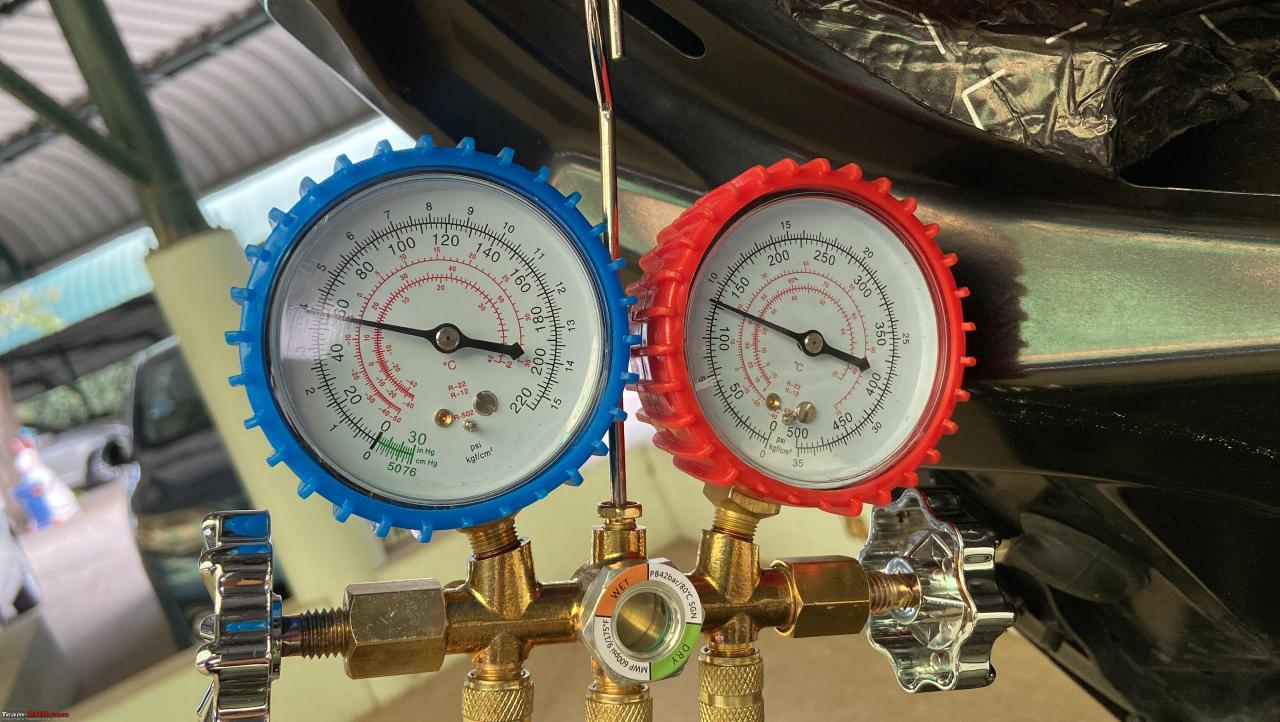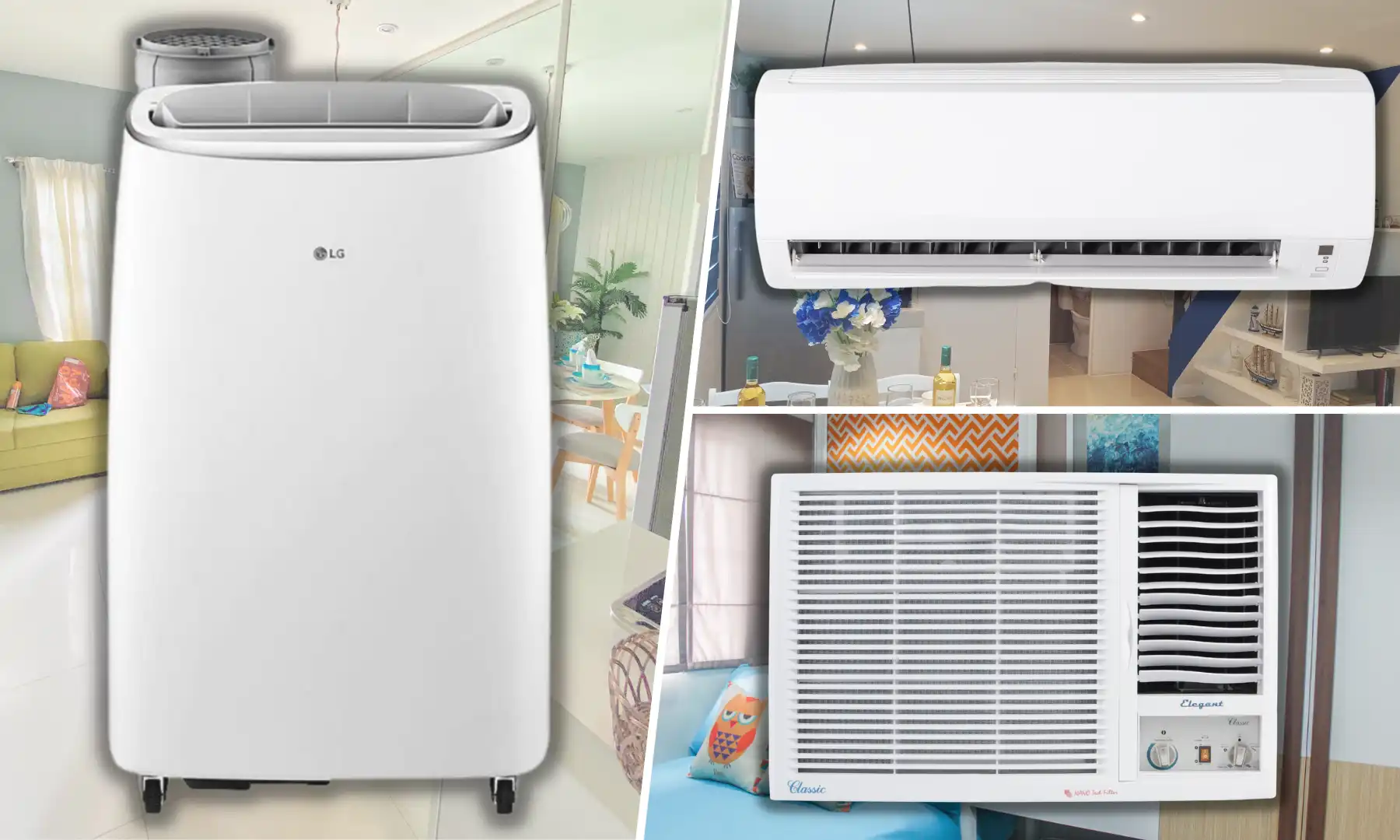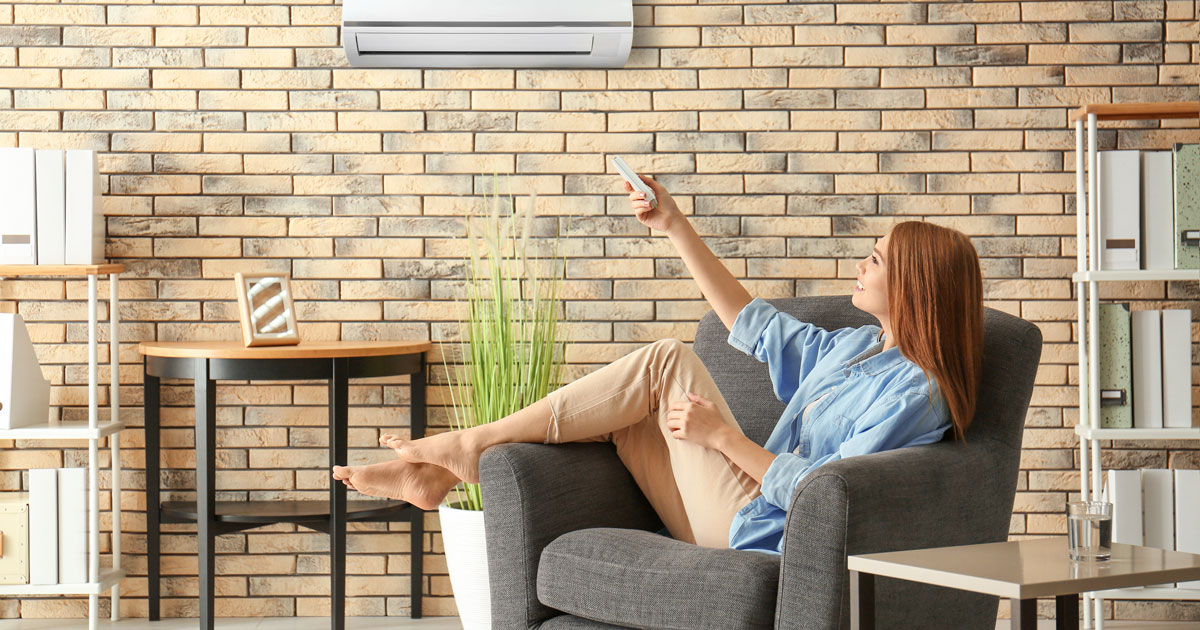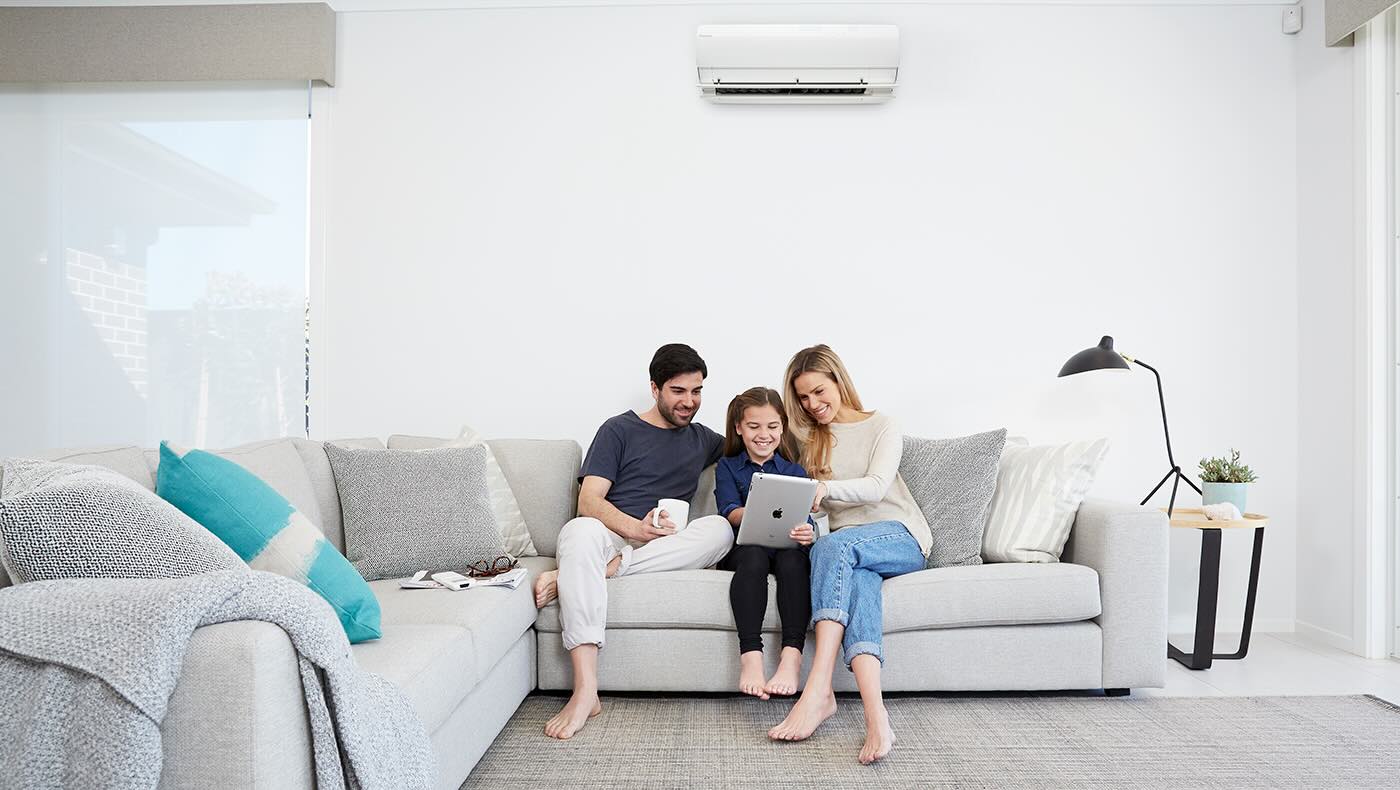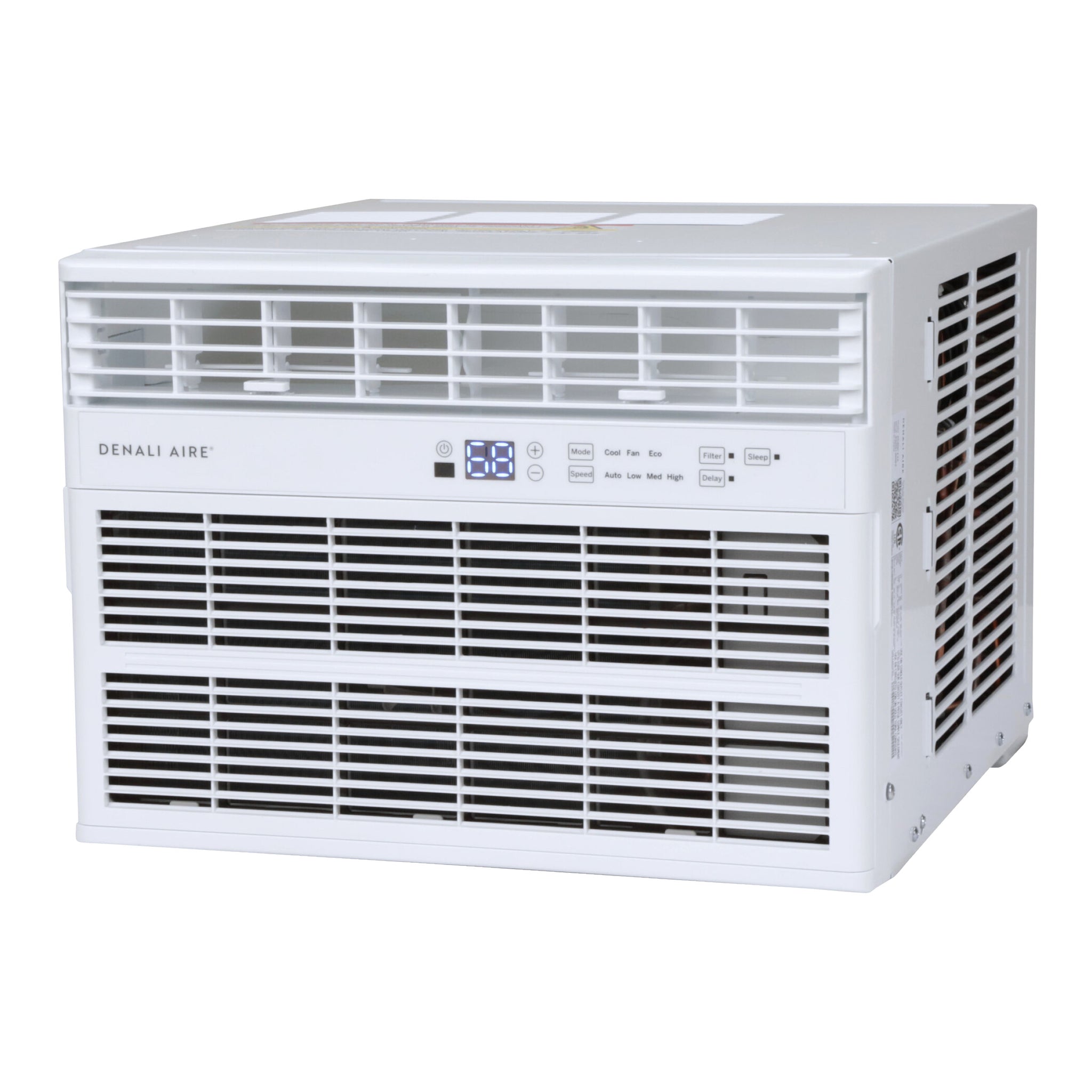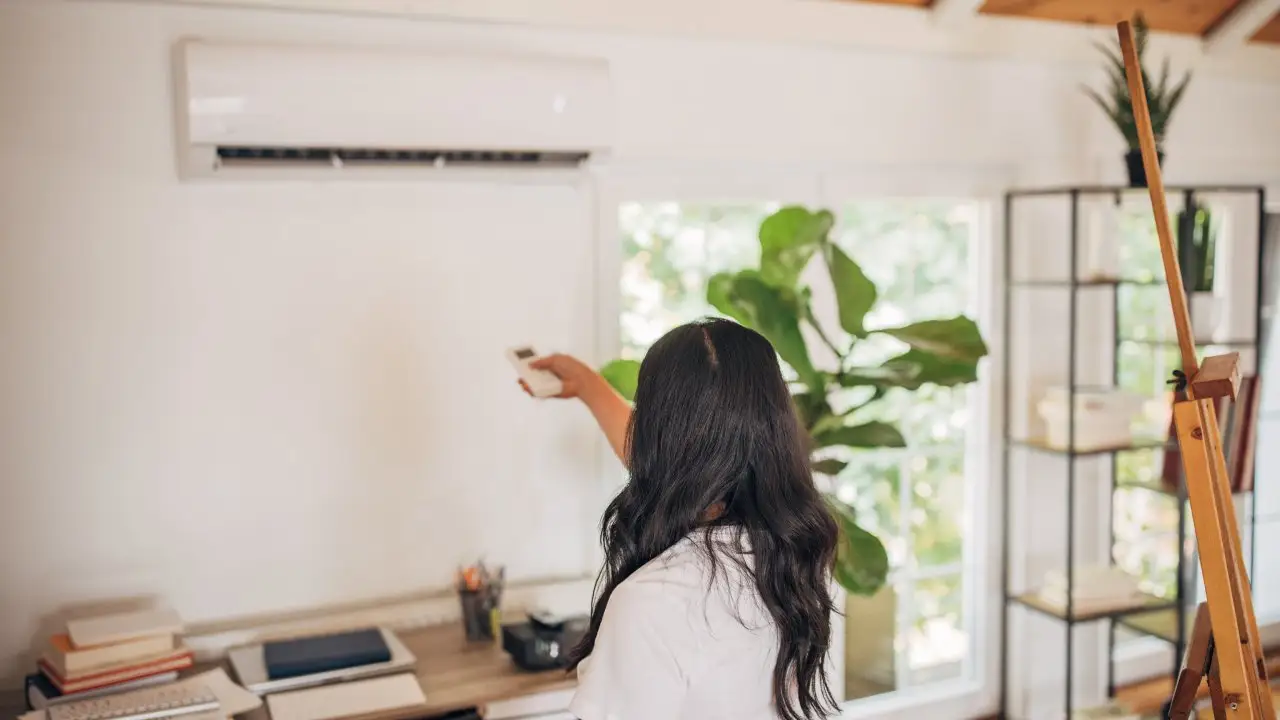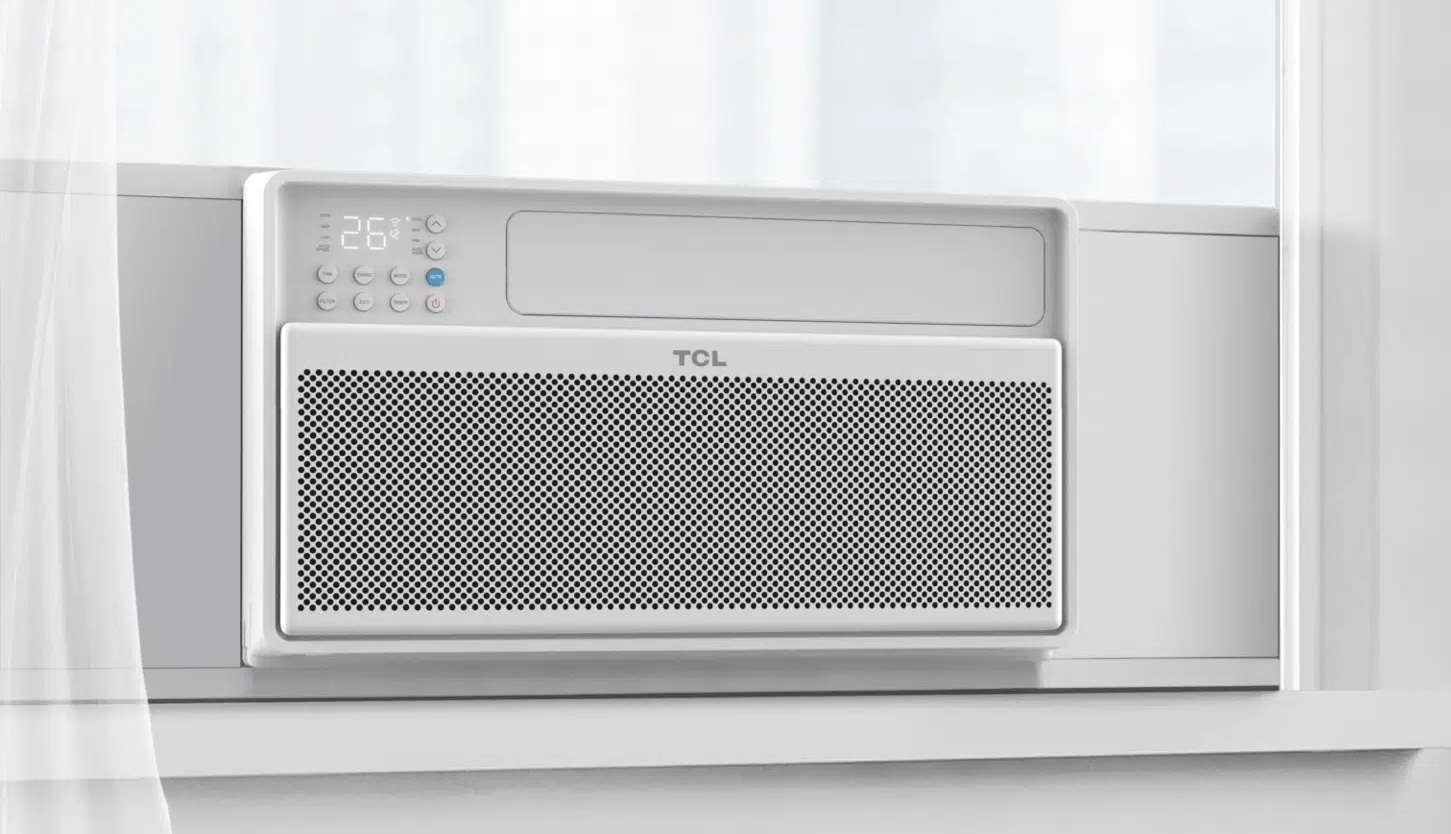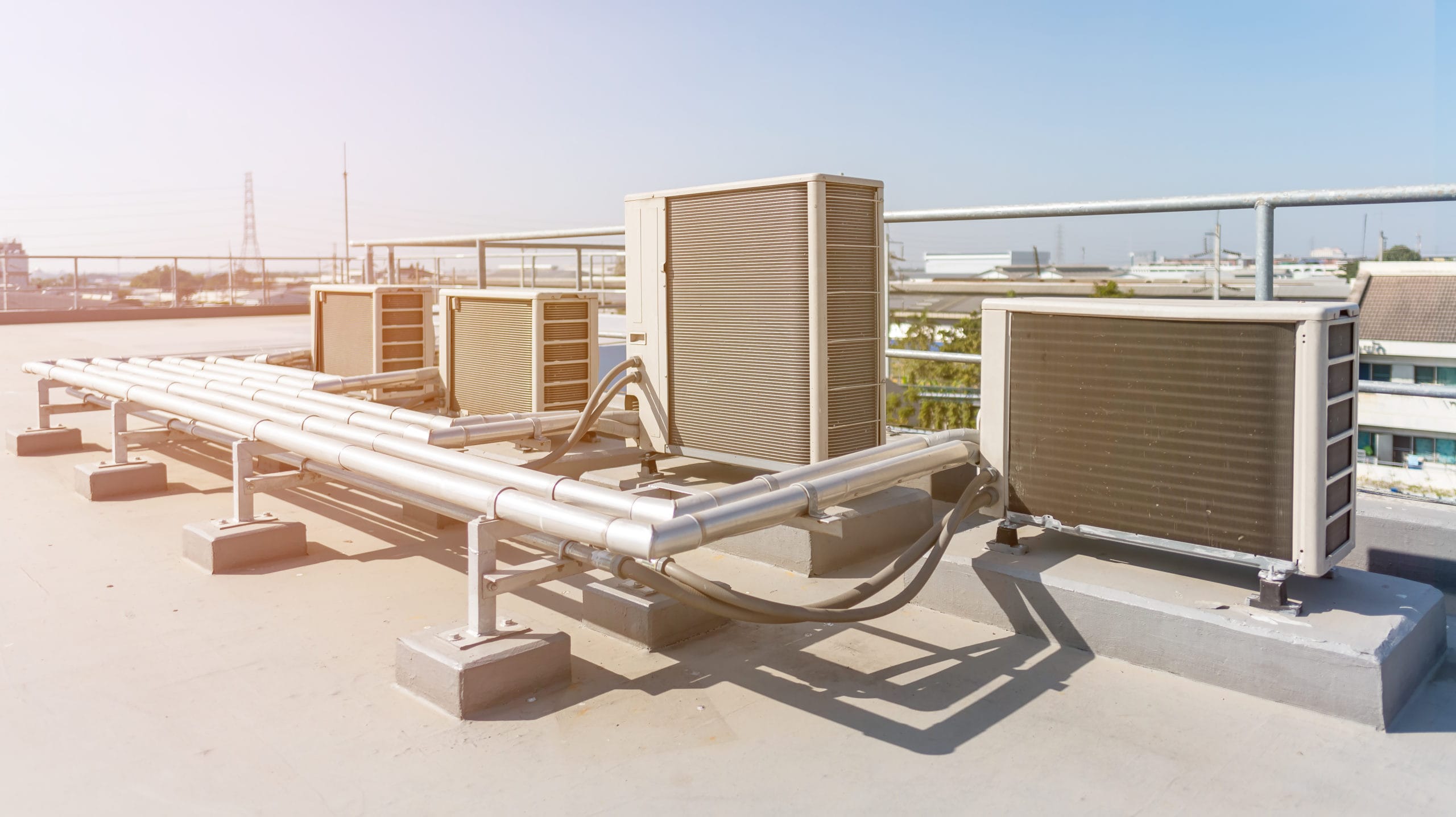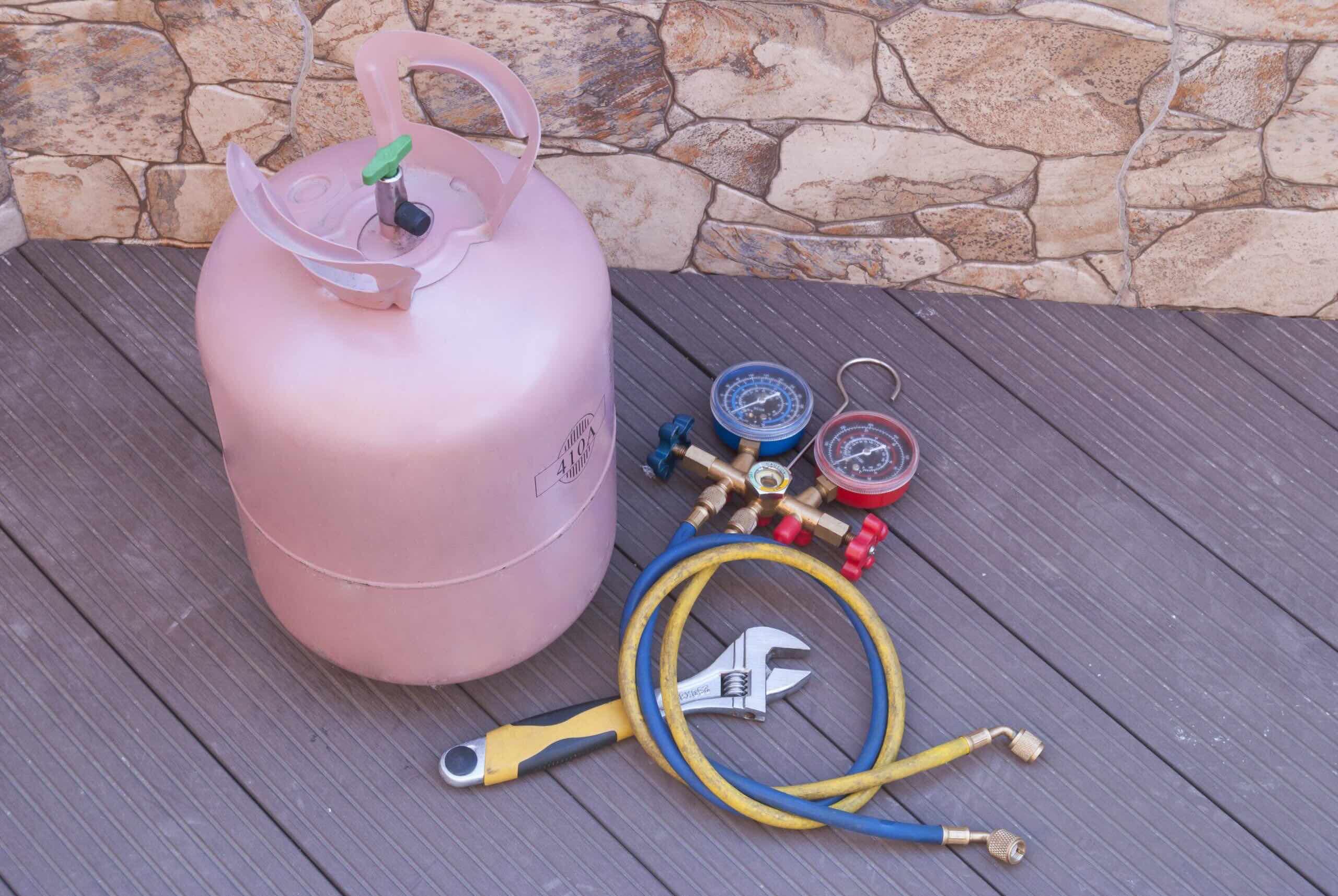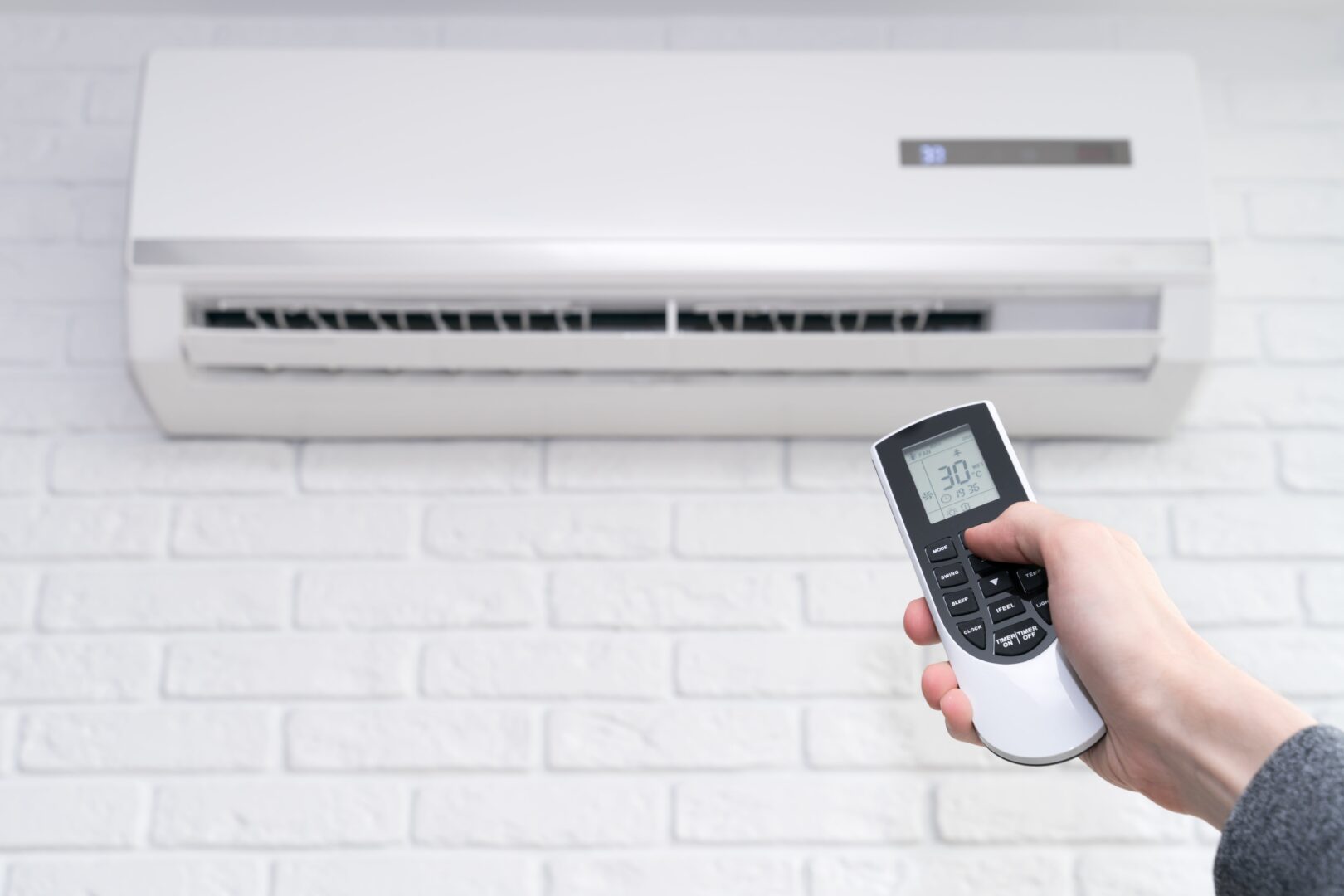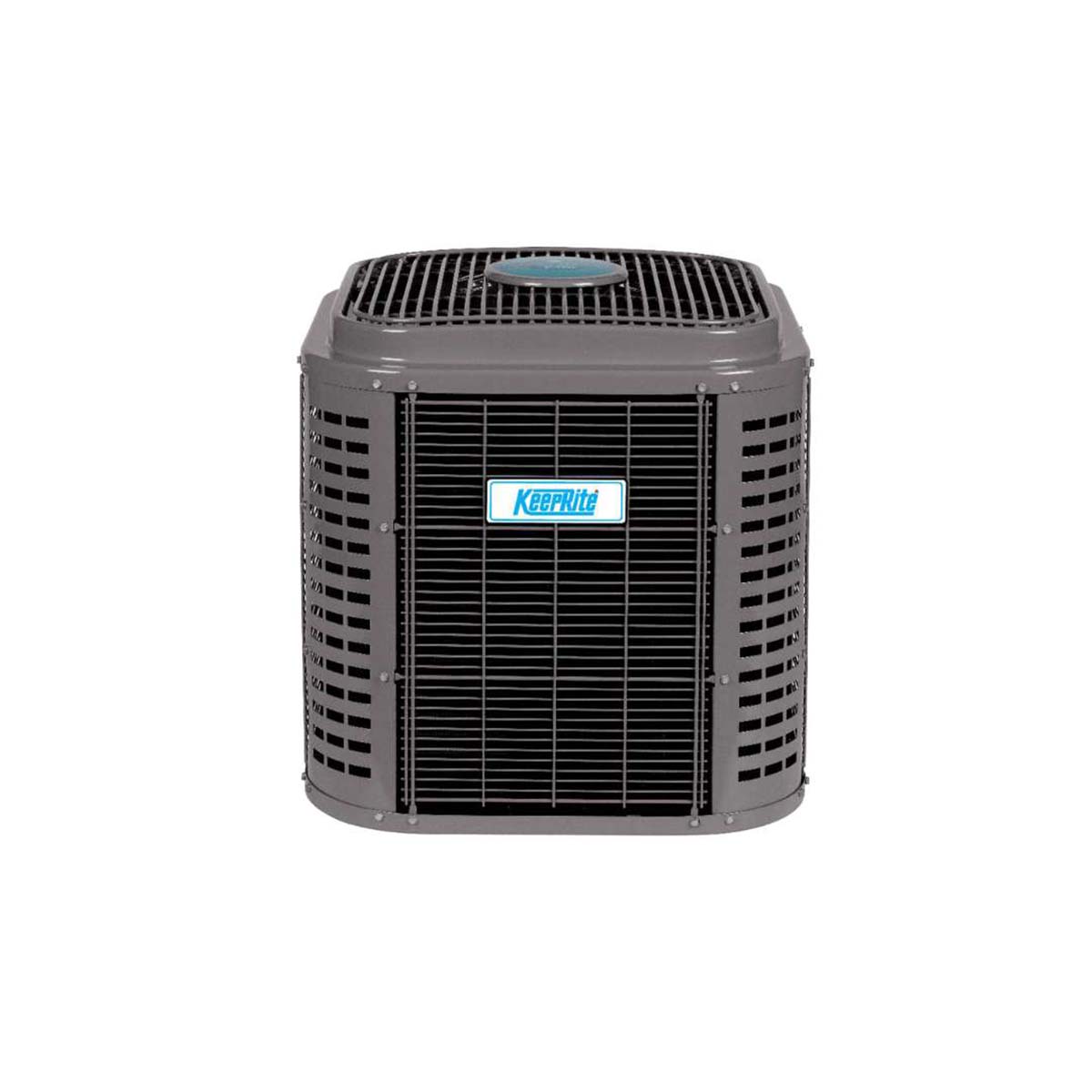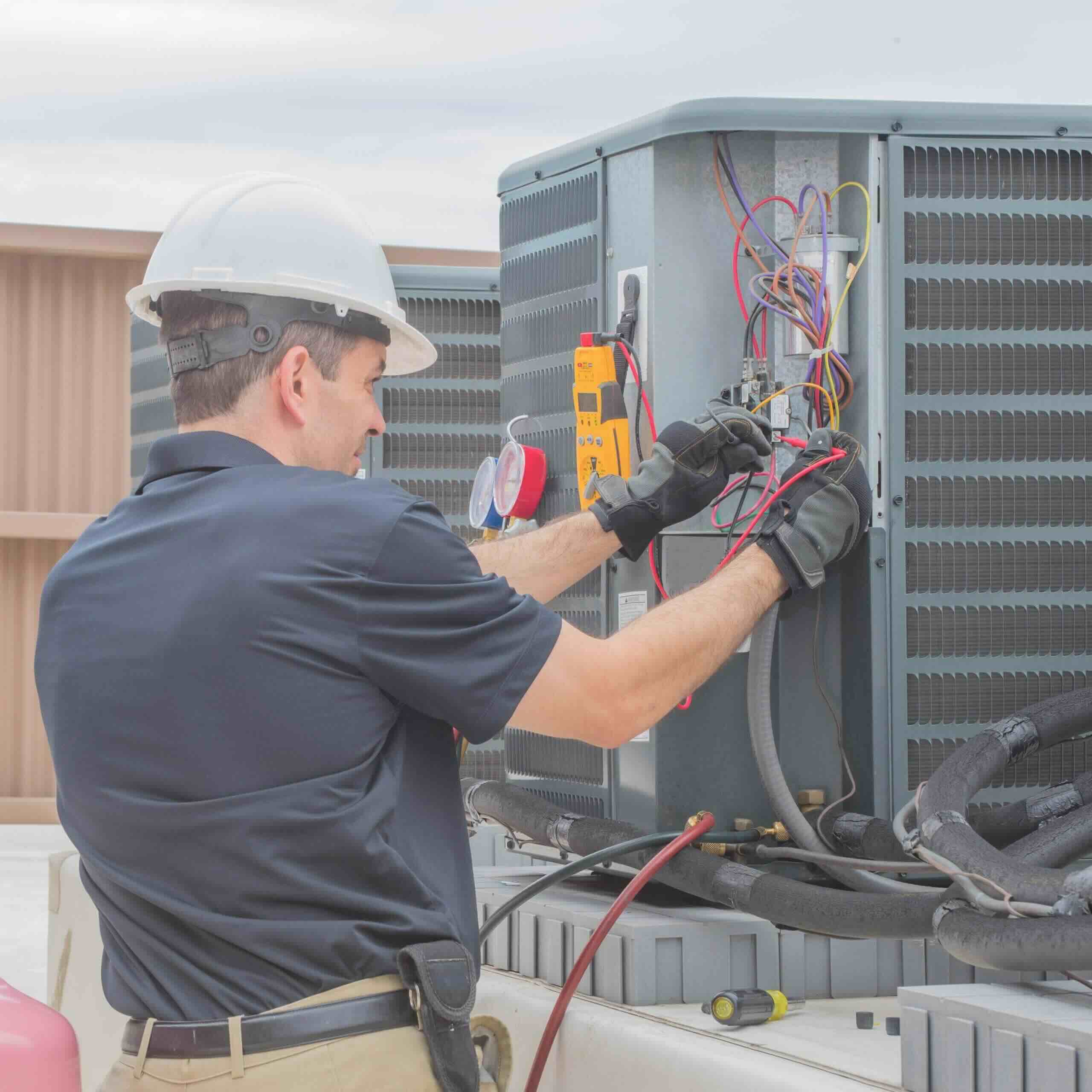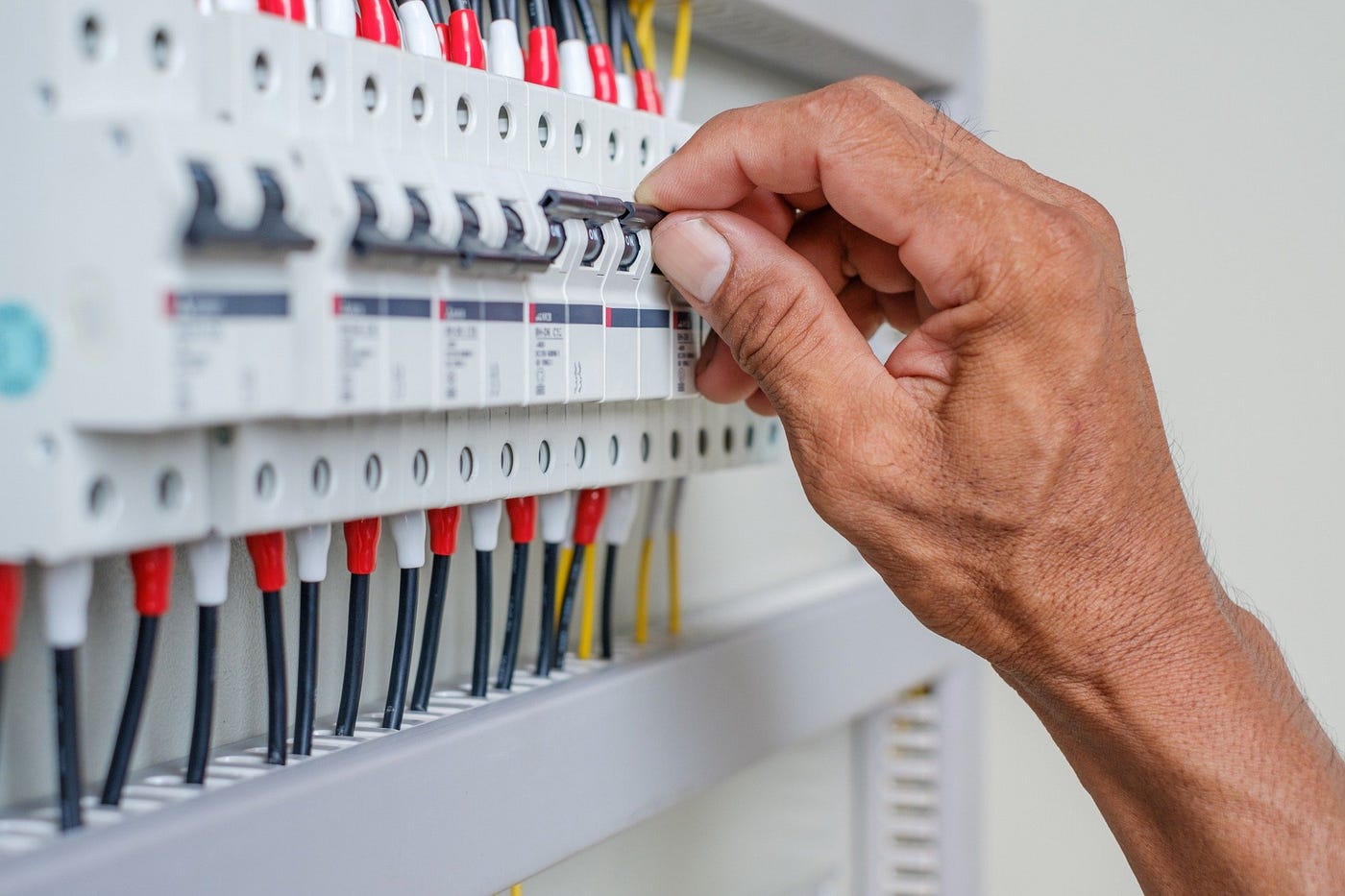Home>Home Maintenance>What Is The Function Of An Air Conditioner?
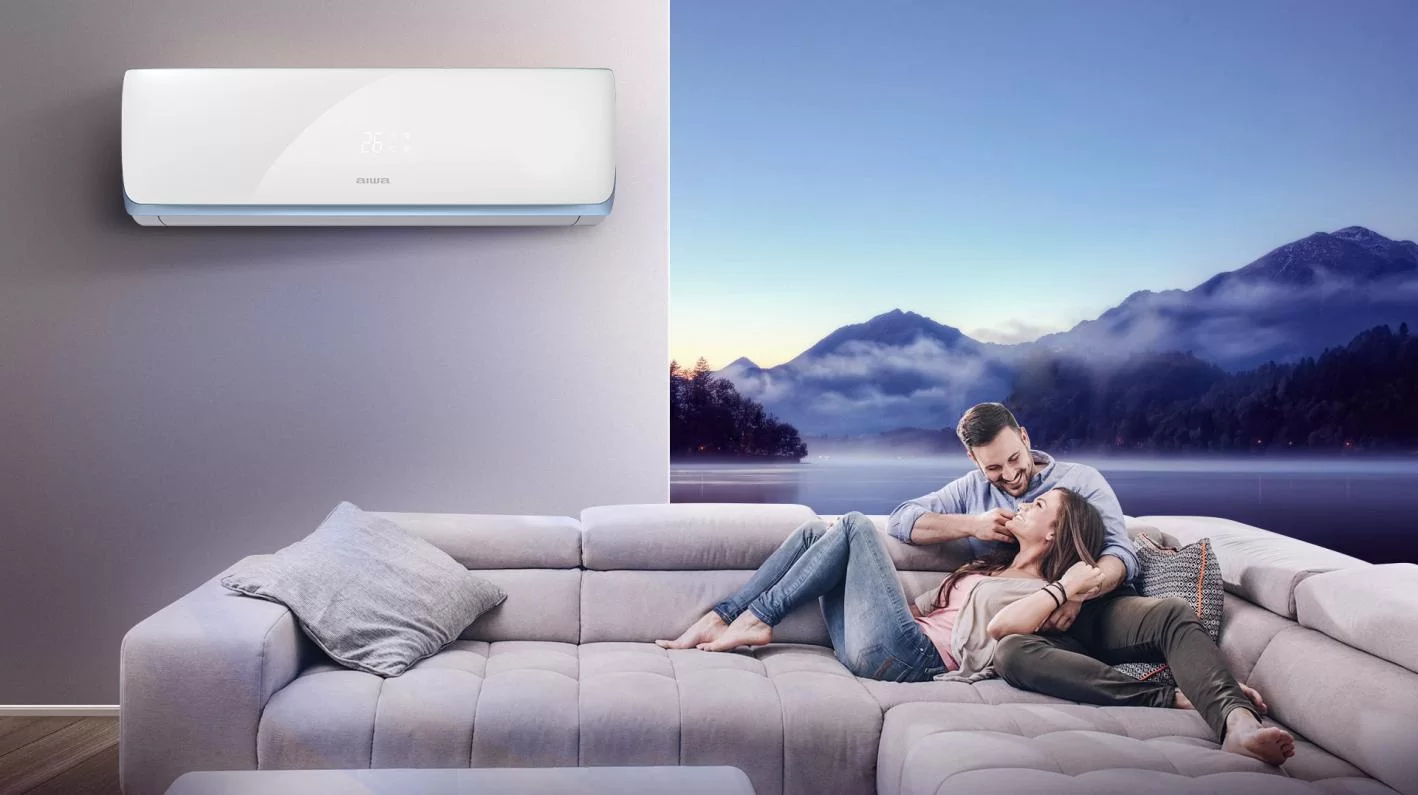

Home Maintenance
What Is The Function Of An Air Conditioner?
Modified: March 7, 2024
Discover the role of an air conditioner in home maintenance. Learn how it regulates temperature and provides comfort, ensuring a cool and enjoyable living environment.
(Many of the links in this article redirect to a specific reviewed product. Your purchase of these products through affiliate links helps to generate commission for Storables.com, at no extra cost. Learn more)
Introduction
Welcome to the world of home maintenance, where we explore the functionality and benefits of one of the most essential appliances in modern homes: the air conditioner. As the summer heat starts to intensify, it becomes increasingly important to keep our living spaces cool and comfortable. Air conditioners play a crucial role in achieving this, but have you ever wondered how they actually work and what their main functions are?
In this article, we will delve into the fascinating realm of air conditioning and uncover its various functions. From cooling the air to dehumidifying it, providing ventilation and even purifying the air we breathe, air conditioners offer a comprehensive array of features to ensure a pleasant and healthy indoor environment.
So, get ready to grasp a deeper understanding of your air conditioning system as we break down its components and explore the multitude of functions it performs.
Key Takeaways:
- Air conditioners cool, dehumidify, purify, and ventilate indoor air, creating a comfortable and healthy environment by removing heat, moisture, and impurities.
- Regular maintenance, such as cleaning filters and checking for leaks, is essential for efficient and trouble-free operation of air conditioners.
Read more: What Is An Inverter Air Conditioner
How Does an Air Conditioner Work?
Although air conditioning systems may vary in design and technology, they all operate on the same fundamental principle: removing heat from indoor air to create a cooler and more comfortable environment. This is accomplished through a process of refrigeration.
Inside every air conditioner, you will find a compressor, condenser, evaporator, and refrigerant. These components work together to facilitate the transfer of heat from inside your home to the outside, leaving you with a cooler and more comfortable atmosphere.
First, the refrigerant, a chemical compound with excellent heat-absorbing properties, circulates through the system. It starts as a low-pressure gas and enters the compressor, where it is compressed and transformed into a high-pressure, high-temperature gas. The heat produced during compression is expelled through the condenser, located outside the house, by a fan or blower, allowing the refrigerant to release its heat into the outdoor environment.
As the refrigerant cools down in the condenser, it transforms into a high-pressure liquid. It then passes through an expansion valve or metering device, which reduces its pressure and temperature. This cold liquid refrigerant now enters the evaporator, located inside the house.
When the warm indoor air passes over the cold evaporator coils, the heat is transferred from the air to the refrigerant. As a result, the air is cooled, and the refrigerant absorbs the heat, transforming back into a low-pressure gas. This process continues in a continuous cycle as long as the air conditioner is running, effectively cooling the air and maintaining the desired temperature in your home.
It’s important to note that air conditioners also remove humidity from the air. As the warm air passes over the evaporator coils, the moisture in the air condenses on the coils and is removed, reducing the humidity level in the room.
Now that we have a basic understanding of how an air conditioner works, let’s explore the various functions it performs to enhance comfort and provide a healthier indoor environment.
Components of an Air Conditioner
An air conditioner is a complex system composed of several key components that work together to deliver efficient and effective cooling. Understanding these components will give you a better grasp of how your air conditioner functions and how to properly maintain it.
1. Compressor: The compressor plays a vital role in the air conditioning process by compressing the refrigerant, increasing its temperature and pressure, and propelling it through the system.
2. Condenser: The condenser is responsible for releasing the heat absorbed from the indoor air. It consists of a series of metal coils, where the hot refrigerant gas is cooled and condensed back into a liquid state by dissipating the heat into the outdoor environment.
3. Evaporator: The evaporator is located indoors and is responsible for cooling the air. It contains a set of coils through which the cold refrigerant passes. As the warm air blows over these coils, heat is transferred from the air to the refrigerant, resulting in the cooling of the air.
4. Refrigerant: The refrigerant is a chemical compound that circulates through the system, undergoing phase changes from gas to liquid and back to gas, absorbing and releasing heat in the process.
5. Expansion Valve: The expansion valve regulates the flow of refrigerant into the evaporator coil. By reducing the pressure and temperature of the refrigerant, it allows for efficient heat transfer and cooling of the indoor air.
6. Air Filter: The air filter is responsible for trapping dust, debris, and airborne particles. It ensures that the air entering the air conditioner is clean and free of contaminants, improving indoor air quality.
7. Blower Fan: The blower fan circulates the cooled air throughout the space. It draws in warm air from the room, passes it over the evaporator coils to cool it down, and then distributes the cool air back into the room.
8. Thermostat: The thermostat serves as the control center for the air conditioner, allowing you to set and maintain the desired temperature in your home. It communicates with the system to turn it on and off as needed.
Understanding these components will help you troubleshoot and identify any issues that may arise. Regular maintenance and cleaning of these components will ensure optimal performance and longevity of your air conditioning system.
Cooling Function
The primary function of an air conditioner is to cool the indoor air, creating a comfortable and bearable environment during hot summer months. The cooling function is achieved through the process of refrigeration, as we discussed earlier.
When the air conditioner is turned on, the compressor begins to compress the refrigerant, transforming it into a high-pressure, high-temperature gas. This hot gas flows through the condenser coils located outside the house, where it releases the heat it absorbed from indoor air, returning to a liquid state in the process.
Simultaneously, the blower fan draws warm air from the room, passing it over the evaporator coils that contain the cold refrigerant. As the warm air comes into contact with the cold coils, heat is transferred from the air to the refrigerant, cooling the air. The blower fan then circulates the cooled air back into the room, providing a refreshing and comfortable indoor environment.
The cooling function of an air conditioner goes beyond just lowering the temperature. It also helps to regulate the humidity levels in the room. As warm air passes over the cold evaporator coils, the moisture in the air condenses on the coils and is drained away. This process of dehumidification helps to reduce the stickiness and discomfort caused by high humidity, making the air feel cooler and more pleasant.
Whether you live in a humid climate or experiencing a heatwave, the cooling function of an air conditioner is essential in keeping your home comfortable and providing relief from the sweltering heat.
It’s important to note that using an air conditioner efficiently can help save energy and reduce electricity costs. Setting the thermostat at an optimal temperature, keeping doors and windows closed, and utilizing ceiling fans can all contribute to a more energy-efficient cooling process. Regular maintenance, such as cleaning or replacing air filters, checking for refrigerant leaks, and ensuring proper insulation, also helps to optimize the cooling function and extend the lifespan of your air conditioning system.
Dehumidification Function
In addition to cooling the air, air conditioners also have a crucial dehumidification function. High humidity levels can make a room feel uncomfortable and sticky, leading to issues like mold growth, musty odors, and damage to furniture and upholstery.
When warm air passes over the cold evaporator coils of an air conditioner, the moisture in the air condenses on the coils. This condensed water is then collected and drained away, effectively reducing the humidity level in the room.
The dehumidification process begins as the evaporator coils cool the air, causing the moisture in the air to condense into water droplets. These droplets then collect on the coils and eventually flow into a drain pan or directly to a drainage system.
By extracting excess moisture from the air, air conditioners help create a more comfortable indoor environment. Lower humidity levels not only reduce the discomfort caused by stickiness and excessive sweating, but they also discourage the growth of mold, mildew, and other allergens that thrive in damp conditions.
Reducing indoor humidity also has a positive impact on air quality. High humidity levels can create a breeding ground for dust mites, bacteria, and other harmful microorganisms. By removing excess moisture, air conditioners help to minimize these allergens, thus improving the overall air quality and reducing the risk of respiratory issues.
When it comes to dehumidification, it’s important to strike a balance. While too much humidity is undesirable, excessively low humidity levels can also cause discomfort, leading to dry skin, chapped lips, and respiratory irritation. It is recommended to maintain relative humidity levels between 30% and 50% for optimal comfort and health.
Proper maintenance and regular cleaning of air filters are essential to ensure the efficient dehumidification function of your air conditioner. Clogged or dirty filters can hinder airflow, reducing the effectiveness of moisture removal. Additionally, keeping doors and windows closed while the air conditioner is running will help prevent outside humidity from entering the room.
With the dehumidification function of an air conditioner, you can create a more comfortable, healthier, and mold-free environment in your home.
Regular maintenance of your air conditioner, such as cleaning or replacing filters, can help improve its efficiency and extend its lifespan.
Read more: What Is An Air Conditioner Condenser
Air Purification Function
Aside from cooling and dehumidifying the air, air conditioners also contribute to improved air quality through their air purification function. This function helps to remove impurities such as dust, pollen, pet dander, and other airborne particles, making the indoor environment cleaner and healthier.
Air conditioners achieve air purification through the use of an air filter. The air filter is designed to capture and trap these contaminants, preventing them from circulating in the air and being inhaled by occupants. The filter acts as a barrier, effectively removing particles as small as pollen and dust from the airflow.
As the warm air is drawn into the air conditioner, it passes through the air filter, which traps the particles, preventing them from entering the room. Cleaner and purified air is then circulated back into the space, reducing the presence of allergens and improving respiratory health.
Regularly cleaning or replacing the air filter is essential to maintain optimal air purification function. Over time, the air filter can become clogged with trapped particles, reducing its effectiveness. A clogged filter not only hinders air purification but also obstructs airflow, which can result in reduced cooling efficiency and increased energy consumption.
In addition to the air filter, some advanced air conditioning systems include additional air purification technologies such as UV lights and electrostatic filters. UV lights help eliminate bacteria, viruses, and mold spores by sterilizing the air as it passes through the system.
Electrostatic filters, on the other hand, use an electric charge to attract and trap particles. These filters are more effective in capturing smaller particles that may escape traditional filters.
By incorporating an air purification function, air conditioners help maintain a cleaner and healthier indoor environment. Reduced exposure to allergens, dust, and other pollutants can improve indoor air quality, minimize respiratory issues, and provide a more pleasant living environment for everyone in the home.
Remember to regularly clean or replace the air filter and consider additional air purification technologies to enhance the air purification function of your air conditioner.
Ventilation Function
While the primary purpose of an air conditioner is to cool and dehumidify the air, it also serves an important ventilation function. Ventilation involves the exchange of indoor and outdoor air to improve air quality and maintain a fresh and comfortable environment.
When an air conditioner is running, it draws in air from the surrounding space and passes it over the cold evaporator coils. This process not only cools and dehumidifies the air but also helps to filter out impurities, including dust, allergens, and odors.
As the air is cooled, purified, and dehumidified, it is then circulated back into the room through the supply vents. This continuous circulation of air helps ensure a constant supply of fresh, conditioned air, reducing stuffiness and improving indoor air quality.
In addition to supplying fresh air, air conditioners also help to expel stale air from the room through the return vents. Stale air, which may contain carbon dioxide, odors, and other contaminants, is drawn back into the air conditioner and expelled to the outside through the exhaust system.
Proper ventilation is essential for maintaining a healthy indoor environment. It helps remove impurities and provides a steady supply of oxygen-rich air, which is crucial for optimal functioning and overall well-being.
It’s important to note that while air conditioners contribute to ventilation, they may not provide the same level of fresh air exchange as dedicated ventilation systems. Opening windows and doors periodically can help increase the flow of outdoor air and further promote ventilation in your home.
Regular maintenance of the air conditioner, including cleaning or replacing air filters, is crucial to maintain efficient ventilation function. Clogged filters can restrict airflow, hindering the ventilation process and reducing the overall effectiveness of the system.
By providing a continuous circulation of fresh, filtered air and expelling stale air, air conditioners play a vital role in maintaining proper ventilation and improving indoor air quality.
Energy Efficiency
Energy efficiency is a crucial consideration when it comes to air conditioners. Not only does it help reduce environmental impact, but it also saves you money on energy bills. Air conditioning technology has made significant advancements in recent years, with a focus on improving energy efficiency.
One of the key factors that determine the energy efficiency of an air conditioner is its SEER rating (Seasonal Energy Efficiency Ratio). The SEER rating represents the cooling output of the unit divided by the energy it consumes over a typical cooling season. The higher the SEER rating, the more energy-efficient the system is.
When selecting an air conditioner, opt for models with higher SEER ratings to ensure greater energy efficiency. While these units may come with a higher upfront cost, they can save you money in the long run through reduced energy consumption.
Another way to maximize energy efficiency is by properly sizing the air conditioner for your space. An oversized unit will cool the room quickly but may cycle on and off frequently, leading to energy wastage. On the other hand, an undersized unit may struggle to cool the space, resulting in prolonged running times and increased energy consumption. Consulting with a professional to determine the appropriate size for your air conditioner can help optimize energy efficiency.
Regular maintenance is crucial for the energy efficiency of your air conditioner. Dirty or clogged filters restrict airflow, reducing the cooling capacity of the system. Clean or replace air filters regularly to ensure efficient airflow and maintain optimal performance.
Proper insulation and sealing of windows and doors can also contribute to energy efficiency. By reducing heat transfer between indoors and outdoors, you can minimize the workload on the air conditioner, ultimately reducing energy consumption.
Lastly, utilizing programmable thermostats can help enhance energy efficiency by allowing you to set temperature schedules based on your needs. For example, you can program the thermostat to increase the temperature when you’re away from home and lower it before you return, ensuring comfort while minimizing energy usage.
By prioritizing energy efficiency, you can not only reduce your carbon footprint but also enjoy cost savings on your energy bills. Be sure to choose a high SEER rated unit, maintain it regularly, and implement energy-saving practices to maximize the efficiency of your air conditioner.
Common Issues and Maintenance
Like any other home appliance, air conditioners can experience various issues over time. Understanding these common issues and practicing regular maintenance can help ensure your air conditioner operates smoothly and efficiently. Here are some common problems and maintenance tips:
1. Insufficient Cooling: If your air conditioner is not cooling your space adequately, check for dirty or clogged air filters. Clean or replace them if necessary. Additionally, make sure the thermostat is set to the desired temperature and that the vents are open and unobstructed.
2. Air Leakage: Air leakage from the unit or ductwork can compromise cooling efficiency. Inspect the unit for any visible cracks or gaps and seal them with weatherstripping or caulking. Have a professional inspect the ductwork for leaks and seal them properly.
3. Strange Noises: Unusual noises like rattling, grinding, or banging may indicate a problem with the fan motor, compressor, or other components. Turn off the air conditioner and consult a professional to diagnose and repair the issue.
4. Water Leakage: If you notice water pooling around the air conditioner, it may be due to a blocked condensate drain. Clean the drain line using a mixture of water and vinegar to remove any blockages. If the issue persists, seek professional assistance.
5. Reduced Airflow: Insufficient airflow can be caused by dirty air filters, blocked vents, or a malfunctioning blower fan. Replace dirty filters, clean vents, and have a professional inspect and repair the blower fan if necessary.
6. Refrigerant Leaks: Low refrigerant levels can impair cooling performance. If you suspect a refrigerant leak, contact a professional to locate and repair the leak, followed by recharging the system with the appropriate amount of refrigerant.
7. Regular Maintenance: To keep your air conditioner operating efficiently, perform regular maintenance tasks. Clean or replace air filters every 1-2 months, clean the condenser and evaporator coils annually, and clear debris from the outdoor unit. Schedule professional maintenance at least once a year to ensure optimal performance.
8. Professional Inspection: It’s advisable to have a professional inspect your air conditioner periodically. They can identify potential issues, clean and tune the system, and make necessary repairs for efficient and trouble-free operation.
By practicing regular maintenance and addressing common issues promptly, you can extend the lifespan of your air conditioner and enjoy continuous comfort throughout the seasons.
Read more: What Is An Evaporative Air Conditioner
Conclusion
Air conditioners play a crucial role in maintaining a comfortable and healthy indoor environment. They not only cool the air but also dehumidify, purify, and provide ventilation. Understanding the functions and components of an air conditioner is essential for optimizing its performance and ensuring efficient operation.
By comprehending the refrigeration process and the role of components such as the compressor, condenser, evaporator, and refrigerant, you can better appreciate how air conditioners work to create a cooler and more pleasant living space.
Moreover, air conditioners provide dehumidification by removing excess moisture from the air, which reduces stickiness, prevents mold growth, and improves air quality. Their air purification function filters out impurities, improving respiratory health and reducing allergens.
Additionally, air conditioners contribute to ventilation by circulating fresh air and expelling stale air, promoting a continuous supply of oxygen-rich air and maintaining a comfortable and healthy environment.
Energy efficiency is another key aspect to consider. By choosing air conditioners with higher SEER ratings, properly sizing the unit, practicing regular maintenance, and implementing energy-saving practices, you can reduce energy consumption, lower utility bills, and minimize environmental impact.
However, like any appliance, air conditioners can encounter issues over time. Insufficient cooling, air leakage, strange noises, water leakage, reduced airflow, and refrigerant leaks are common problems that can be addressed through regular maintenance and professional assistance.
In conclusion, understanding the functions, components, and maintenance requirements of your air conditioner is essential for optimal comfort, energy efficiency, and longevity. By staying proactive with maintenance and promptly addressing issues, you can enjoy a reliable and efficient air conditioning system that creates a comfortable and healthy indoor environment for years to come.
Frequently Asked Questions about What Is The Function Of An Air Conditioner?
Was this page helpful?
At Storables.com, we guarantee accurate and reliable information. Our content, validated by Expert Board Contributors, is crafted following stringent Editorial Policies. We're committed to providing you with well-researched, expert-backed insights for all your informational needs.
